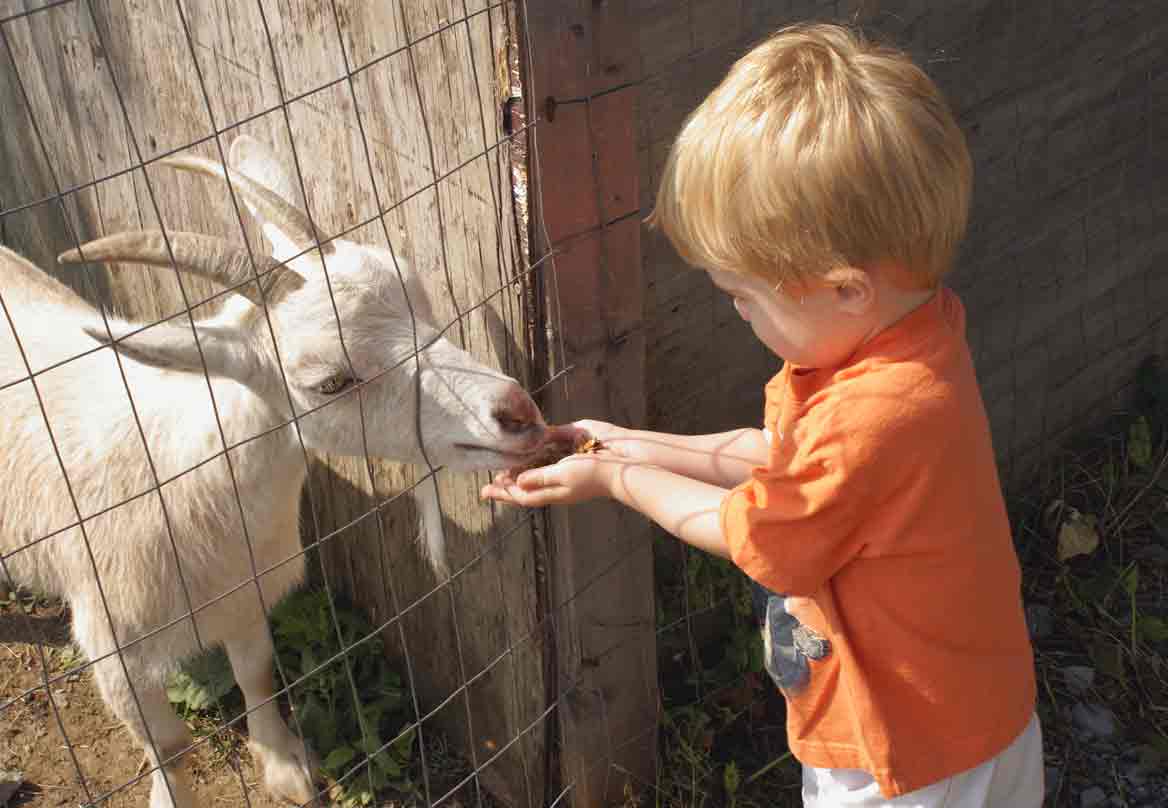Our E. coli law firm is one of the few in the United States that has won money for people sickened at fairs and for families whose children have not survived this devastating illness. Attorney Fred Pritzker and our team of E. coli attorneys can be contacted for a free consultation.

Past E coli Outbreak Involving a Fair in Michigan
In 2010, three cases of E coli were reported to the Grand Traverse County Health Department that were later linked to the Northwestern Michigan Fair in Grand Traverse County.
All three cases of Shiga toxin producing E coli (STEC) involve children between the ages of 5 and 15. The one commonality was that all three children attended the Northwestern Michigan Fair in Grand Traverse County between August 9 and August 13, 2010.
The Michigan cases were reported between August 15 and August 17, 2010 and the symptoms included bloody diarrhea.
Dr. Michael Collins, Medical Director for the Grand Traverse County Health Department, reported that the source of the E. coli infection has not been established but the fair is considered the likely source of the contamination. The Grand Traverse County Health Department is monitoring for any secondary infections that may occur.
The fairground’s water supply was tested prior to the event and will be re-tested to determine whether it is the source of the contamination. Area physicians have also been notified and encouraged to culture stool samples for patients with severe or bloody diarrhea.
About Escherichia coli 0157
There are a lot of varieties of E coli bacteria. The strain that causes most illness outbreaks is O157:H7.1
The E. coli O157 strain travels from the intestines of cattle and other animals via feces (manure).2 The contaminated feces can spread the organism to the environment. E coli 0157:H7 is, unfortunately, a survivor. If contaminated manure is used as a fertilizer on farm fields, huge quantities of produce can be turned from safe to deadly.3 The US Food and Drug Administration (FDA) and the state of California, where most produce sold in the U.S. is grown, recently reported that animal encroachment onto growing fields can spread the bacteria to produce.4
Typical symptoms of E coli infection include extremely bad abdominal cramping and violent, watery and/ or bloody diarrhea. Some people vomit and have low-grade fevers.
1. Frenzen PD, Drake A, Angulo FJ, et al. Economic cost of illness due to Escherichia coli O157 infections in the United States. J Food Prot 2005;68(12):2623-30 [Abstract]
2. Cole D, Drum DJ, Stallknecht DE, et al. Free-living Canada geese and antimicrobial resistance. Emerg Infect Dis 2005;11(6):935-8 [Full text]
3. AAP. Escherichia coli diarrhea. In: Pickering LK, ed. Red Book: 2003 Report of the Committee on Infectious Diseases. Ed 26. Elk Grove Village, IL: American Academy of Pediatrics, 200
4. FDA. Investigation of an Escherichia coli O157:H7 outbreak associated with Dole pre-packaged spinach. Mar 21, 2007 [Full text]